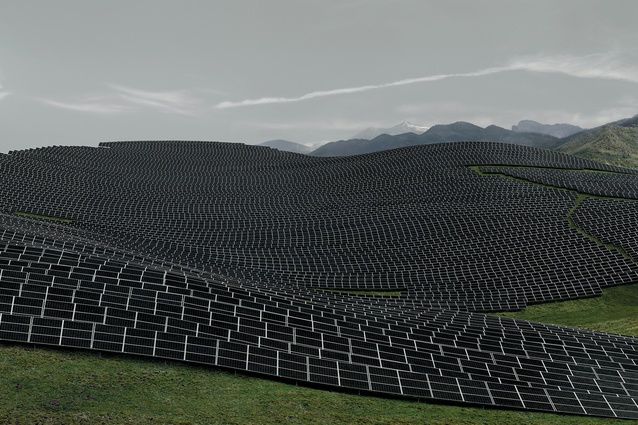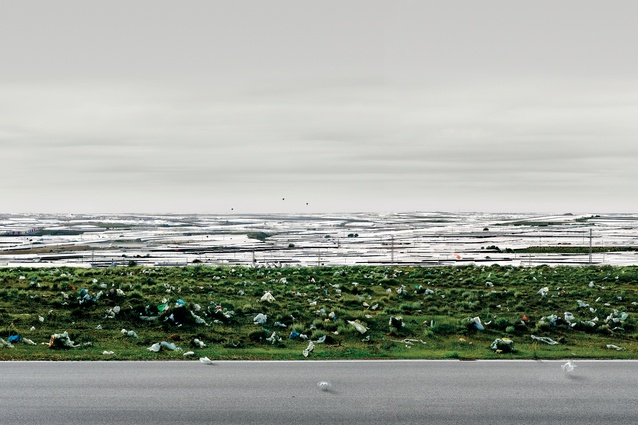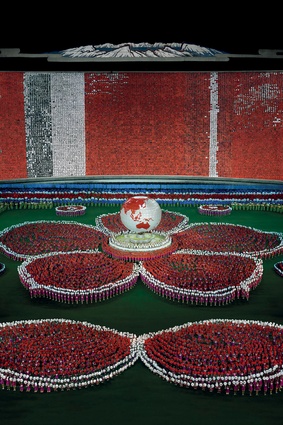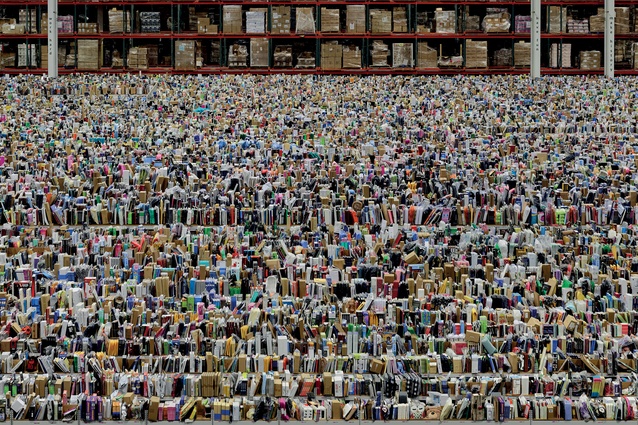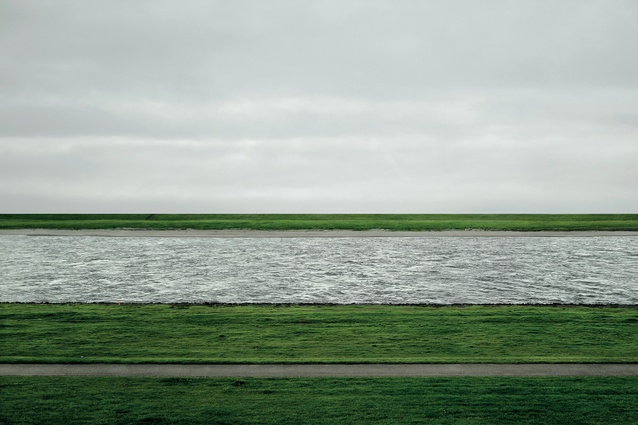Photographing the 21st-century global economy
Andreas Gursky, one of the most important artists and photographers of our time, has sought to question the way in which we look at images. His work attempts to understand how the world fits together: its collective structures and social ecosystems. Colin Martin reviews his latest exhibition, recently held at the Hayward Gallery in London’s Southbank Centre.
The opening exhibition at the renovated Hayward Gallery is a retrospective of Andreas Gursky’s photographs, spanning 33 years. At the Düsseldorf Academy of Fine Arts, his teachers included Bernd and Hilla Becher, whose photographs chronicling the formal typologies of industrial architecture, including water towers and gasometers, are renowned.
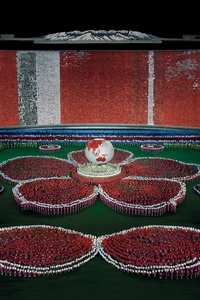
About half of the Gursky images exhibited focus on architecture. Reproduction in print cannot do justice to their scale so this retrospective provides a welcome opportunity to view them properly. “He’s made so many important works about how space is framed”, says curator Ralph Rugoff. “He looks at how buildings construct our sight lines, how they affect our perception, how they package an idea of reality.”1
From the early 1990s, most of Gursky’s photographs have dealt with the way the world is ‘constituted and ordered’. He has chronicled the global economy by focusing his attention and his camera on its sprawling cities, monolithic factories, vast warehouses and teeming stock exchanges, which fuel economic growth. “I keep awareness of the problems simmering without losing sight of the beauty and complexity of the world so that interest in it doesn’t disappear”, he says.
In addition to his ‘big idea’ subject matter, Gursky’s photographs are also noteworthy for their monumental size. At 6.7m2, the surface area of his work 99 Cent II (1999/2009) far exceeds many people’s idea of photographic scale. Shot from above at a distance, using multiple focal points, as are most of his photographs, it shows the myriad goods stocked by a California discount store, beneath its company motto ‘Nothing over 99c ever’. When the work was sold for £2.07 million in 2011, large-scale photographs were bracketed financially with paintings overnight. Ironically, like painters working and reworking the paint on their canvases over time, Gursky utilises digital technology to bring the differing depths of field in his multiple images into focus and create his final, composite image.
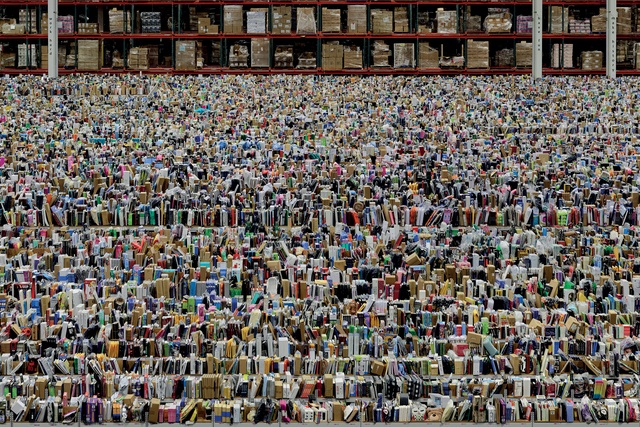
In Amazon (2016), Gursky considers how digital technology has impacted on organisational systems. The items in the company’s vast distribution warehouse in Phoenix, Arizona, aren’t arranged according to product category. Books, furniture and sportswear appear to be mixed up randomly. Workers navigate the chaotic shelves using a digital system, which keeps track of every item brought into the warehouse, rather than relying on human sight and visual order. His image evokes the suffocating scale of 21st-century consumerism but it has formal qualities reminiscent of 19th-century pointillism or 20th-century geometric op art.
He digitally removed a power station in Rhine II (1999/2015), reducing the river and countryside on both river banks to bands of green and grey, creating a painterly abstract composition.
Rather than load his images with explicit political critique on issues such as environmental degradation, working conditions, the effects of industry and rampant consumerism, Gursky prefers people to reach their own conclusions. Although individual photographs represent specific places at specific times, this body of work establishes the universality of global commerce, and its reliance on producing, distributing and selling goods to consumers worldwide.
Ralph Rugoff, director of the Hayward Gallery, London, discusses Andreas Gursky’s work here.
References
1. Quoted in Art Quarterly, Winter 2017, p.40

